Atlantic Drifter Launch Tour CHINA TOUR – GUANGZHOU
I’d dreamed my way through the markets of Tashkent and rode, in sleep, the thermals of the Tian Shan night, with brilliant coloured orioles and black kites. I woke over the Five Ridges as the sun rose, and watched huge piles of cumulus to the North crusting the Himalaya. In the pre-dawn shadows, rectilinear paddy fields melded into rectilinear factory estates (I saw it first in Godfrey Reggio’s Koyaaniskaatsi – the remarkable consistency of human pattern, from canal system to cityscape to microchip). They call it ‘China Speed Development’, this helter skelter catch up with a civilisation that has at least as many psychoses as solutions. Remarkable, though, the enormous buildings wreathed in monsoon clouds, like perriwigs askew after a disappointing party. Later in the comfortable darkness a hundred lights barely dent the gloom. I love grey thick weather and am intrigued by these giant creations, cutting paths in the clouds.
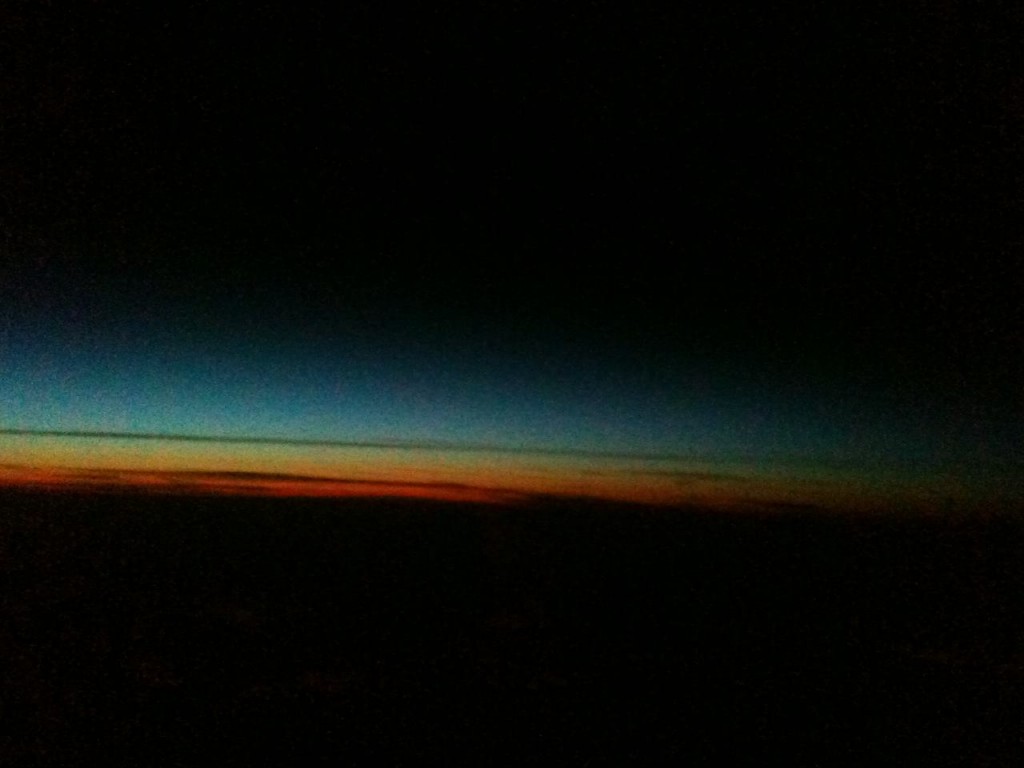
Faint Falling Light

Pearl River paddies
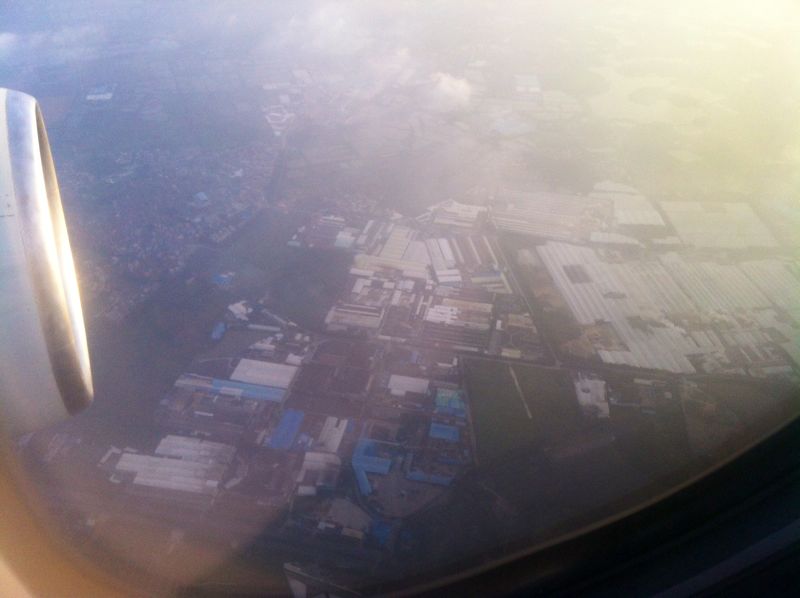
Pearl River factories
Gangzhou is a boom town. Once the jewel of the Pearl River – so heavily protected (mostly againstlocal forces living outside the ‘law’) that the Dutch East India Company and the British out of Hong Kong had to fight their way upriver to force a trade arrangement. They were ceded a trading base – on Shamian island, stuck out on the water, the only landfall European feet were allowed. It’s too much to say that Western culture has rewritten China, though to Occidental eyes in urban environments that is how it may appear. Homogenised clothing styles and too-familiar brand saturation are things globalised, belonging to and in various ways reflecting humanity on the planet. The obvious irony of me as a Westerner dressed in traditional (and very effective) Asian tropical working clothes (a coollie jacket made in India and fishing trousers from Thailand) is lost on no one. Last time I was here this was a different place. Arriving by long distance ferry up the Pearl river from the sea, I saw farm lands and boat yard dereliction. Iron smelters loomed over small holdings, yellow and grey smoke dumping particulate egesta directly onto paddie fields. I walked a plank over the glidding mud and was completely lost (we’re never as free as when we are lost?). No one had a word of English though they were kind and wanting to help. By a process of wandering among riverside one-storeys, I eventually found the latest over-ground ‘subway’ station looking like a bit of space tech dumped in the fields. After more completely incomprehensible exchanges and by an excess of luck I found a small black token machine that let me onto the train. Without English signage (why should there be?) I made a stab at a destination and wound up on Shamian Island. I was stunned to see a plethora of Western families – couples, fathers and adult daughters, pushing buggies with tiny Chinese babies. The former ‘embassy island’ had become a baby trafficking centre. My initial horror very quickly moderated by the cooing affection between the babies and the adults. They all seemed so delighted with each other. I don’t know where these tiny mostly girls had come from – though one American family I talked to had a child from a named Southern orphanage – they were delivered by fixers to the White Swan Hotel for collection. Guangzhou then reminded me of the coruscation of Tetsuo’s body in the anime Akira – vital and unstoppable, organic in a way yet deeply jarring, concerning, as if something important was being ripped apart willy-nilly and crying out for its quiet voice to be listened to.
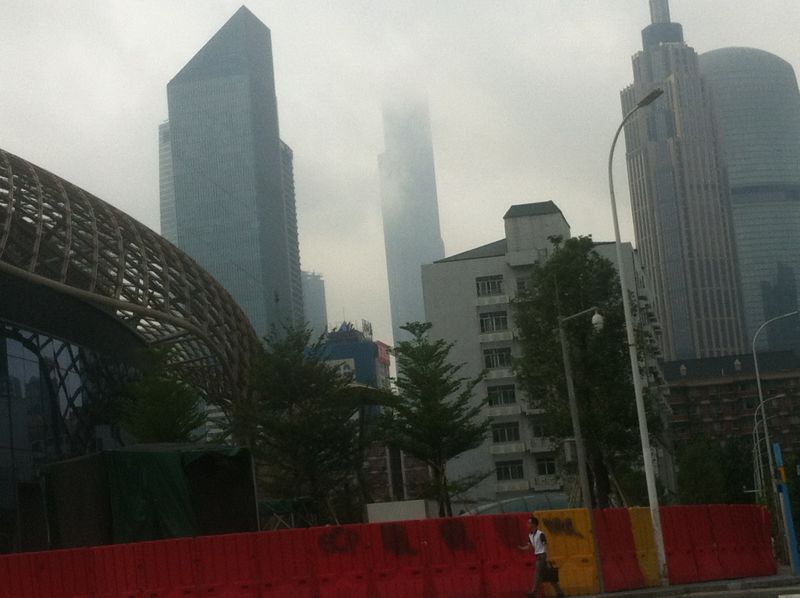
Man in vest
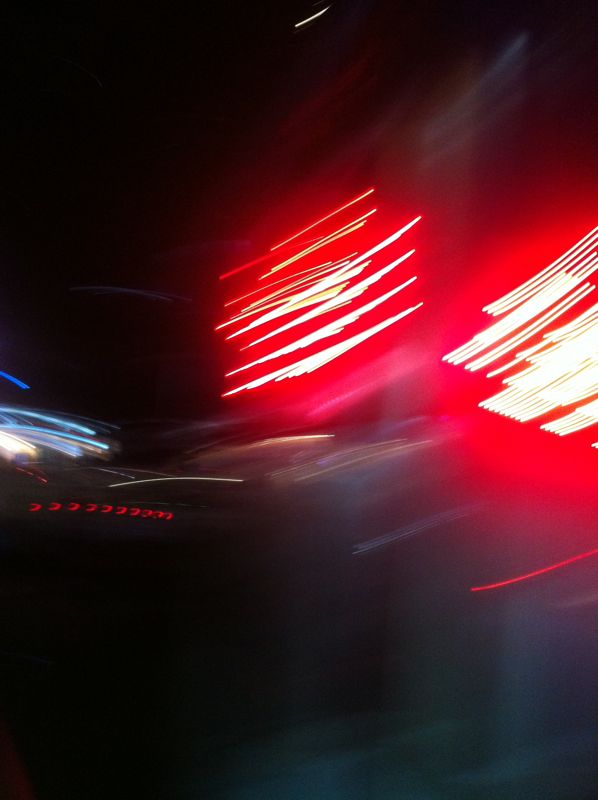
Hexagram of the heavens
Now the city is spruce and tucker and recalls quite strongly Hong Kong, it’s old trading partner, a day away down the river. Amidst the many coloured waters and bits of buildings I found the temple where Dharmaraja lived and wrote. He helped develop Chan, the syncretic Buddhism formed from a collision of Indian roots and aspects of Taoist and traditional Chinese thought-systems. It spread through Korea into Japan where it became Zen. I don’t know if he might be a saint to the faithful – I don’t really know what that means – and I appreciate the lack of personal cult in these approaches. Even so I’ve deeply valued some of the writings that grew from this root and it was lovely in the coruscating city mass to find a quiet, simple place with a bird singing, flags roiling lazily in the breeze, soft atonal bells ringing and the slightest whiff of incense on the air. Green leaved bodhi trees were the temple’s only stockade – intriguing that some of the things we most value can only live and flourish as long as they stay vulnerable and exposed.
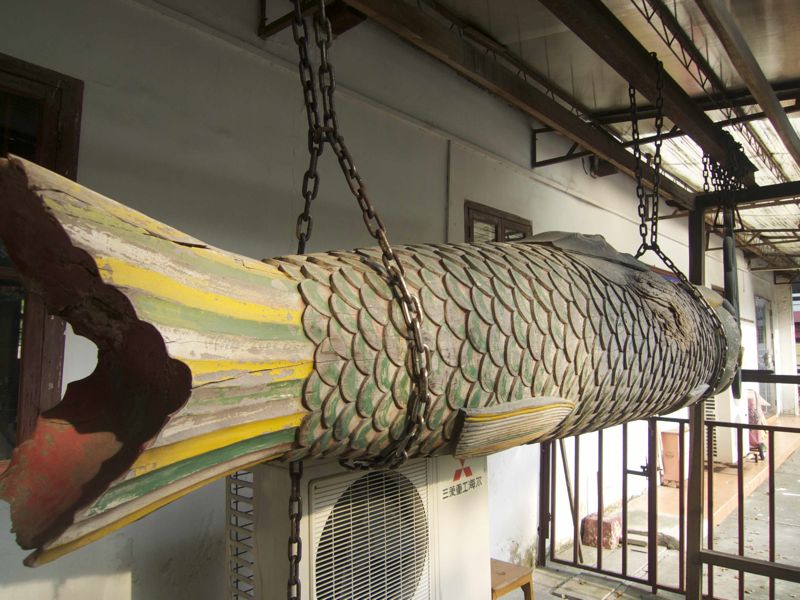
Guangxie temple where Bodhidharma lived
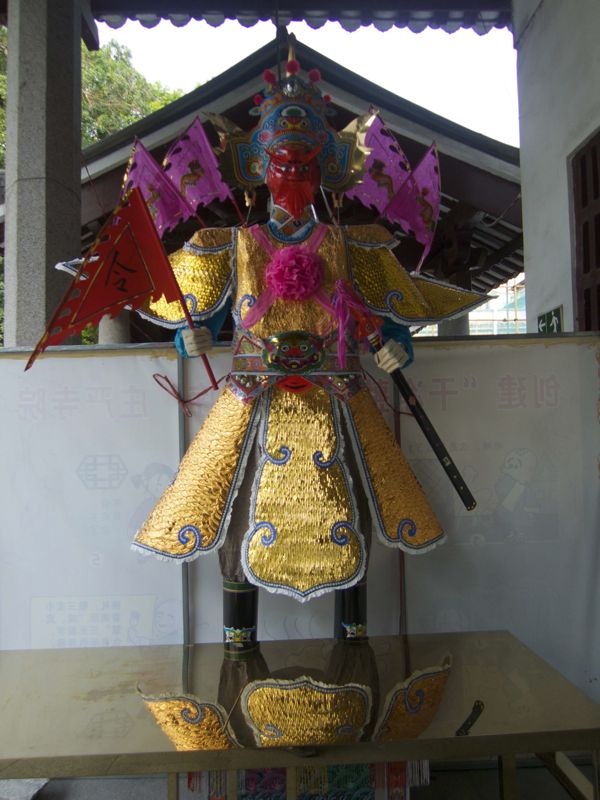
Got to catch them all…
Marquis Zeng’s tomb was a most particular place. I went there to see the instruments and walked through a worker’s park where the path was lined with speakers playing old Chinese tunes. A fairly significant hill just beyond had been completely beheaded. The flattening was for a new housing estate, but the earthmovers cut into a previously unknown subterranean labyrinth of tombs filled with grave goods and the skeletons of the Marquis’ household. His wives, concubines, senior soldiers and musicians had been walled up with their necessaries to supply succour to him in the next world. Shocking and barbaric certainly, and the sense in the rock cut chambers was still powerful even though so ancient as to have faded to a quiet, melancholy echo. There was an entire orchestra of ancient instruments buried there. They have been restored and rehung now in a glass walled hall, lithophones made with great cut lumps of stone, chosen for timbre and tuned to an ancient scale, alongside great ponderous bronze bells. Like so much ancient music it celebrates ‘difference tones’ – the pulsing that happens when two instruments are tuned very slightly apart. Irish Bronze Age horns in the Dublin museum work in just the same way, as do the gamelan instruments of Bali. Beautiful. In a monk shop near a temple I saw modern replications intended to accompany the deceased – car, apartment block, TV and a laptop.
My Guangzhou gig was in a place called the ‘Lady Seven’. Kind of a re-imagined French-ish fantasy, with waitresses in knee socks, bow ties and berets and waiters in waist coats and long aprons. I see and sense a deep and genuine appetite in China for any kind of art, culture or novel experience. This might be a response to the depredations of the cultural revolution, and hang on a desire to find workable models to replace the culture destroyed. The unimaginable economic boom facilitates and feeds this interest; with the result that the audiences I played for were wonderfully positive and seemed to entirely lack cynicism. This audience in the steamy South China summer was really lovely – as sunny as the day had been, attentive and thoughtful.
SHENZHEN
MY SECOND SHENZHEN GIG was deep in the city, at a club called ‘Here’. The Shenzhen night was storm humid – a sweat bead on the face of China, diffusing neon, tube lights wrapped in storm wrack.
The city is amazing – like cruising the LA of Blade Runner – though cleaner and more affluent – it’s the future I remember imagining, watching those amazing images of things that would surely come. So strange, tonight, to inhabit it. Buildings still rising, lost in night bright clouds of a city with no history. 14 million people, bigger than London, twice the size of Hong Kong, it’s all less than 30 years old, so hardly anyone is from here – it’s too young – everyone an incomer. Even the language isn’t the same – Putung Hwa instead of the GuangDong Hwa of HongKong and the province. Welcome to the future… (photos by Shichuan, Ed Lam and me : )
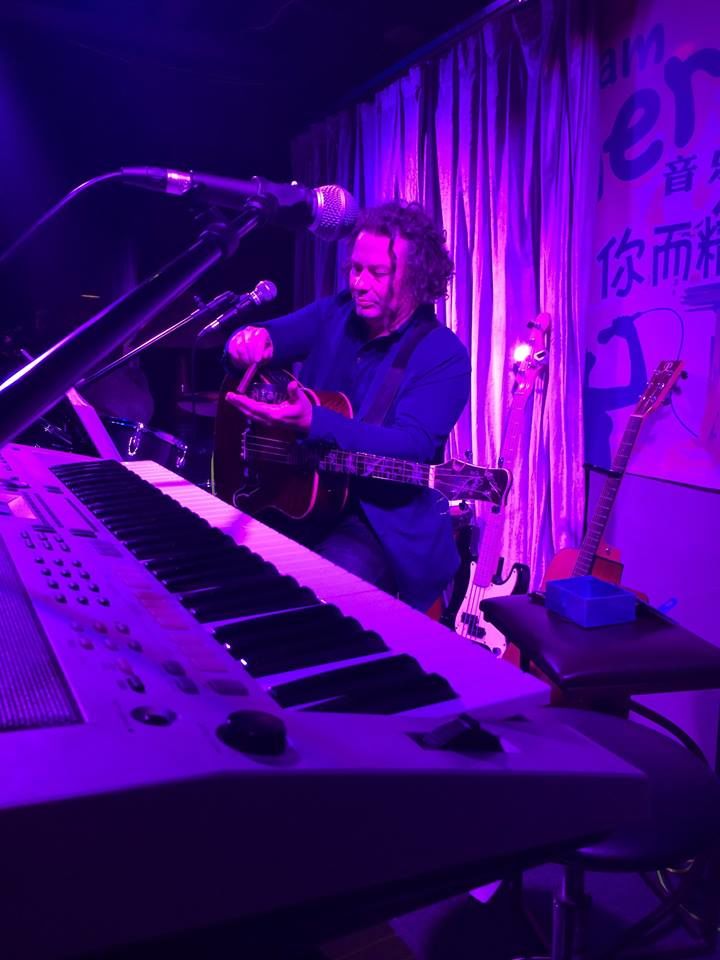
1photos by Shichuan and Ed Lam at Here club, Shenzhen
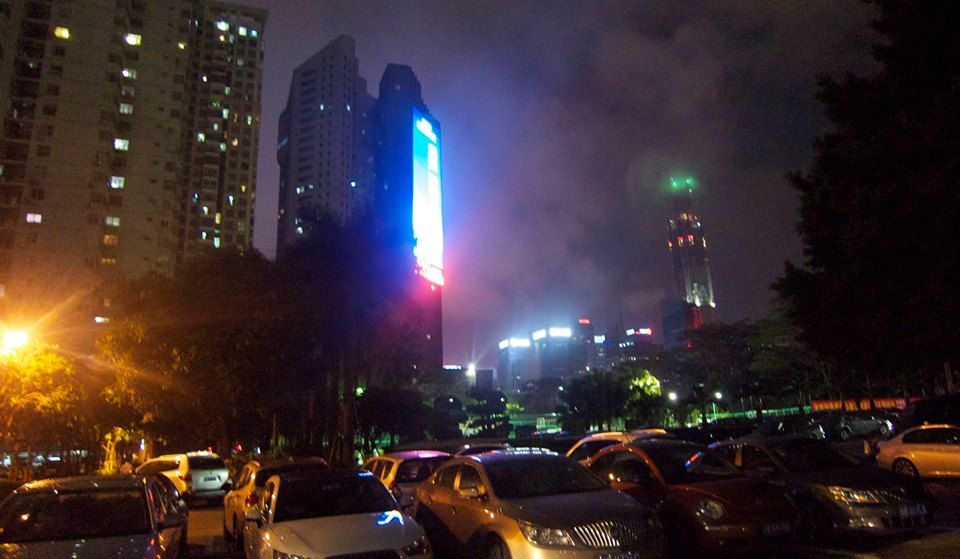
“I’ve seen things you wouldn’t believe. Attack ships on fire off the shoulder of Orion. I watched C-beams glitter in the dark near the Tannhauser gate. All those moments will be lost in time… like tears in rain…” Roy to Deckard, Blade Runner — at Shenzhen (China).
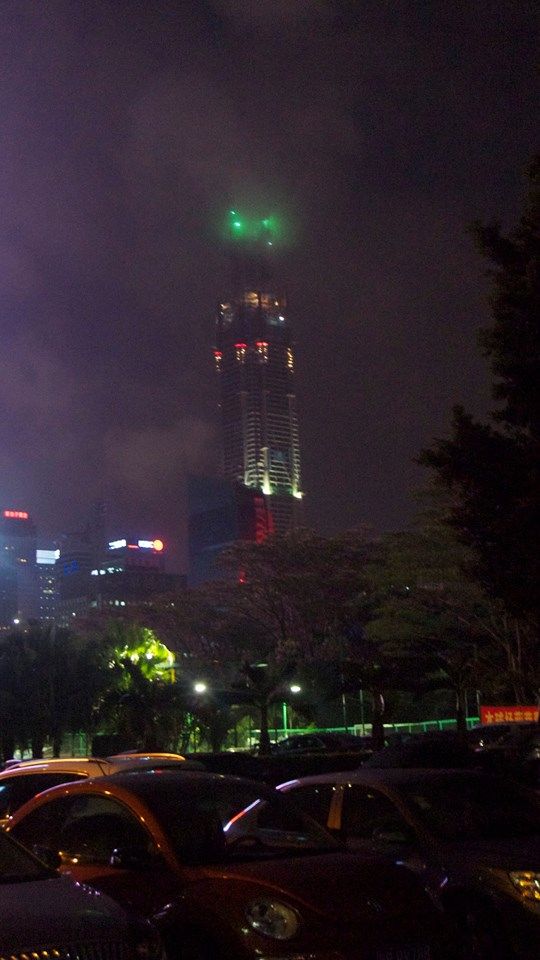
3Barad dur
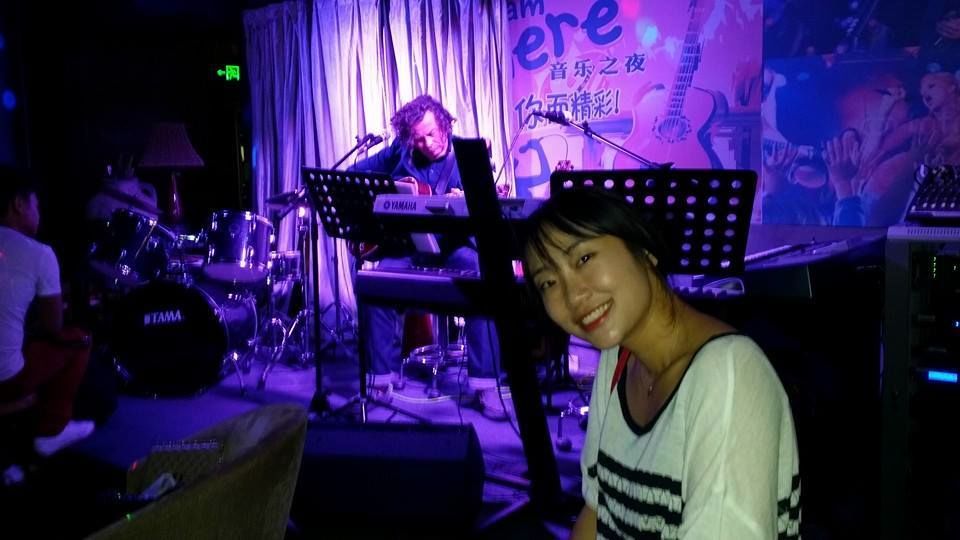
4photo bombed by Shichuan
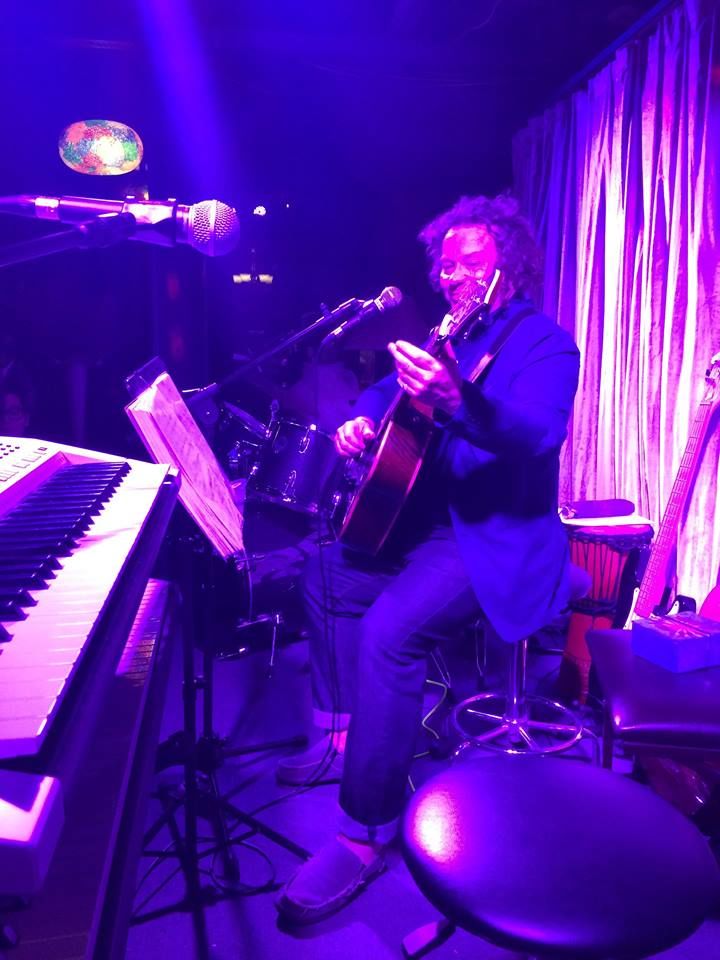
Atlantic drifting about as far as I can imagine from the cold seas
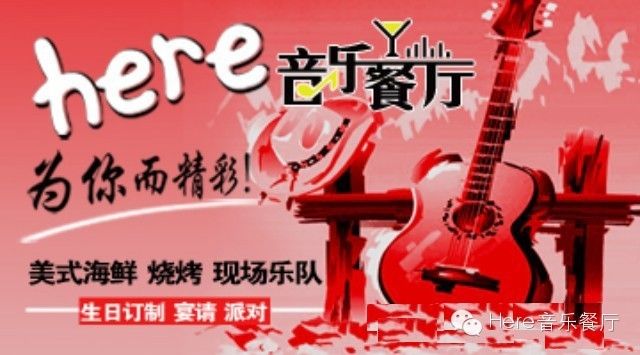
Here club, Shenzhen
SHANGHAI

Yangtse
I used to dream about China when I was young. I found a map in a charity shop and used to read the unfamiliar names and vision up paddy jagged mountains, half lost in mist, and wide yellow rivers worming from Himalaya to the ocean. I think in my imagination I was Tintin in Tibet : ) At the time I was also writing songs and practicing – it wasn’t at any conscious level but I guess the connection between music and the wide world was there for me even then. I still have the map.
I dashed for the airport and Shanghai straight after my Guangzhou gig. Grabbed a dinner of sorts at the airport’s ‘Kung Fu’ diner – McD aesthetics with green tea, noodles and pak choi, a giant Bruce Lee high kicking plastic and neon over us. I arrived to a late night city – my taxi dropped me hot and tired at an amazing hotel – the Yangtze Boutique. Lovely white stone 1930s art deco, everything about it considered, calm and elegant – designed to be cool before air con and yin-yang to the crowd rammed streets and intense, drenching fug. Took me by surprise, and straight back to another Shanghai, a city kin to New York, New Orleans and Paris, at the cultural edge of the modern and new in the 1930s. I slept in the arms of dancers, phonograms, photographs and jazz.

Yangtse 2

Yangtse 3
I played a gig at the Roosevelt Rooms – an old European ashlar on the river bank, shouting colonial pomp at China. It was cold inside for the sake of the wine and its suited French manager had created a successful simulacrum. Delightful for me to play here as an exotic object, watched over by the sparking spheres of the Oriental Pearl Tower (which I instantly loved) – and the Tolkienesque Monument to the People’s Heroes, stranded in advertising, dripping in the rain.

Roosevelt Rooms

Roosevelt Gig
I didn’t have time to take in Shanghai – as so often with touring. The deeply drenched Bund was a rare wonder – the Huangpo sliding worm brown and ambivalent round its slow bend as rust grey steel freighters chugged by on lawnmower engines. The astonishing Oriental Pearl tore open the wooly monsoon, dense as thistle down, and drenched the People’s Heroes. My Deco hotel’s walls were scratched with the traces of the dancers and jazz payers and lovers who had filled its now tranquil halls. A near century of new paint did nothing at all to quieten their mumbling. But the crowded Nanjing Road is a shopping street, no more nor less and I longed for the secret Shanghai of my imagination, maybe something gone now, of the past – something looking like Indiana Jones and the Temple of Doom, or the club in The Last Jade Emperor. One of the organisers of the Roosevelt gig had exactly the look of those old Shanghai photographs, as if she’d stepped miraculously out of a poster and into my life. I wanted to dance to jazz music with her in a speakeasy somewhere. But even now as I write I sense that dream fading, its echoes declining in my ears.

Oriental Pearl Tower

On the Bund
BEIJING
Arriving into Beijing I was road weary. Rain that morning rodded the grey stone Shanghai streets. In the early light, the romance of the deluge on the Bund became a disgruntled shoulder turned against the inevitable morning. A helter-skelter tarantella through back streets to the airport left me washed up in an airline seat where at least I could sleep.
I’d been warned Beijing would be the hottest place on the trip so was a little grit teethed leaving the airport, ready for the onslaught. Hot it was, but desert heat – Beijing is just east of the Gobi – and in comparison with the south it was blissful. I walked the leafy streets relishing the dryness – the bright sun caught the leaves and left them lanterns swinging in the breeze.

Tian an Men 1

Beijing Bicycle

North Beijing Hutong

All that remains of the south Tian Hutong

Tian an Men, night
A good while since I was here, and then only passing through on the way to a performance in Hong Kong. It’s great to be back to play and I’m really interested to see what ‘China Speed’ has done here. The first time I was nervous and tentative – a country without my language, and a culture with rules I couldn’t guess at. I did though love it. It was mid winter, my accommodation overlooked the Forbidden City and every walk was a catalogue of wonders. I remember the intricacy and nuance of the Palace City itself, for all its rumours of dissipation (a torturing dowager Empress, and an Emperor who forgot to feed his hundreds of ‘gift wives’ who tragically starved). I was studying Chinese music then and every tone and tune fed my appetite, it was all so exciting and unresolved. I had the feeling that around any corner could be Steppenwolf or Evelyn Waugh’s low door in the wall, almost hidden, leading to wonder. I sat in a tiny bar listening to punk bands – really vital and angry, every gesture of defiance declaring a passionate ‘I am here, deal with me’. Wonderful.

Mao House Venue

Mao vestibule

Graffiti

Coolr Girls

Kurt
I was delighted with the Beijing Punk Rock Noodle cafe and the rusty steel clad Mao Live House. Out across a continent, flying in a tiny plane over the Baltic, the Caucusus, endless seeming Siberian forests and the Gobi desert – they’re a good way from my Shropshire HIlls… Somehow at the same time they feel so much like home. I’ve never been a Punk – not really. But I share much of their attitude – suspicion of authority and an emphasis on grass roots community and self reliance. Other writers I know share that head space – you can see it in Pete Moreton or Chris Wood’s work. So sitting in the Beijing Punx cafe and later with the audience in the Mao House I felt very comfortable, amongst people with something I recognize, deep in their eyes. We may have little or no common language but theirs is a palpable kinship. I guess those same ideas and attitudes are swilling around deep in me – and again I see with a kind of affirming wonder the way music breaches ‘culture’ and language and lets us be one for a time, amongst the tones and timbres.

Gobi and home
